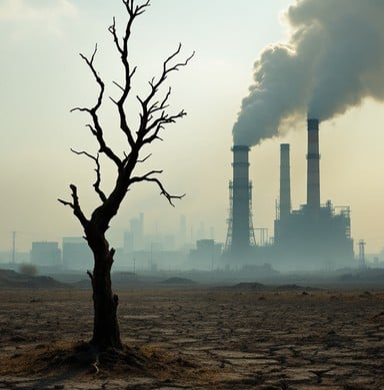
Nearly 100 climate change experts will work on drafting a new methodological report for the Intergovernmental Panel on Climate Change (IPCC). Agreed upon in 2024 and scheduled for publication in 2027, the authors of the "2027 IPCC Methodology Report on Inventories for Short-lived Climate Forcers" are holding their first meeting this week at the Euskalduna Palace in Bilbao.
Basque Centre for Climate Change (BC3), in collaboration with the Spanish Government’s Climate Change Office as the IPCC focal point, is hosting and organizing this event these days, serving as the starting point for the report's preparation.
The new document will develop methodologies for estimating national and annual emissions of short-lived climate forcers (SLCFs), which are not currently included in greenhouse gas inventories.
The chemical species evaluated and potentially covered in the report include nitrogen oxides (NOx), carbon monoxide (CO), non-methane volatile organic compounds (NMVOCs), sulfur dioxide (SO₂), ammonia (NH₃), and black carbon (BC), as well as emissions of primary particulate matter relevant to radiative forcing, which can remain in the atmosphere for anywhere from a few hours to a couple of months.
The report aims to cover all sectors of the greenhouse gas inventory included in the existing IPCC methodologies, focusing on categories where the scientific basis is strong enough to guide a methodological approach. This approach can be incorporated into annual inventories and considers the relative contribution of these gases to global or regional emissions.
.png)
